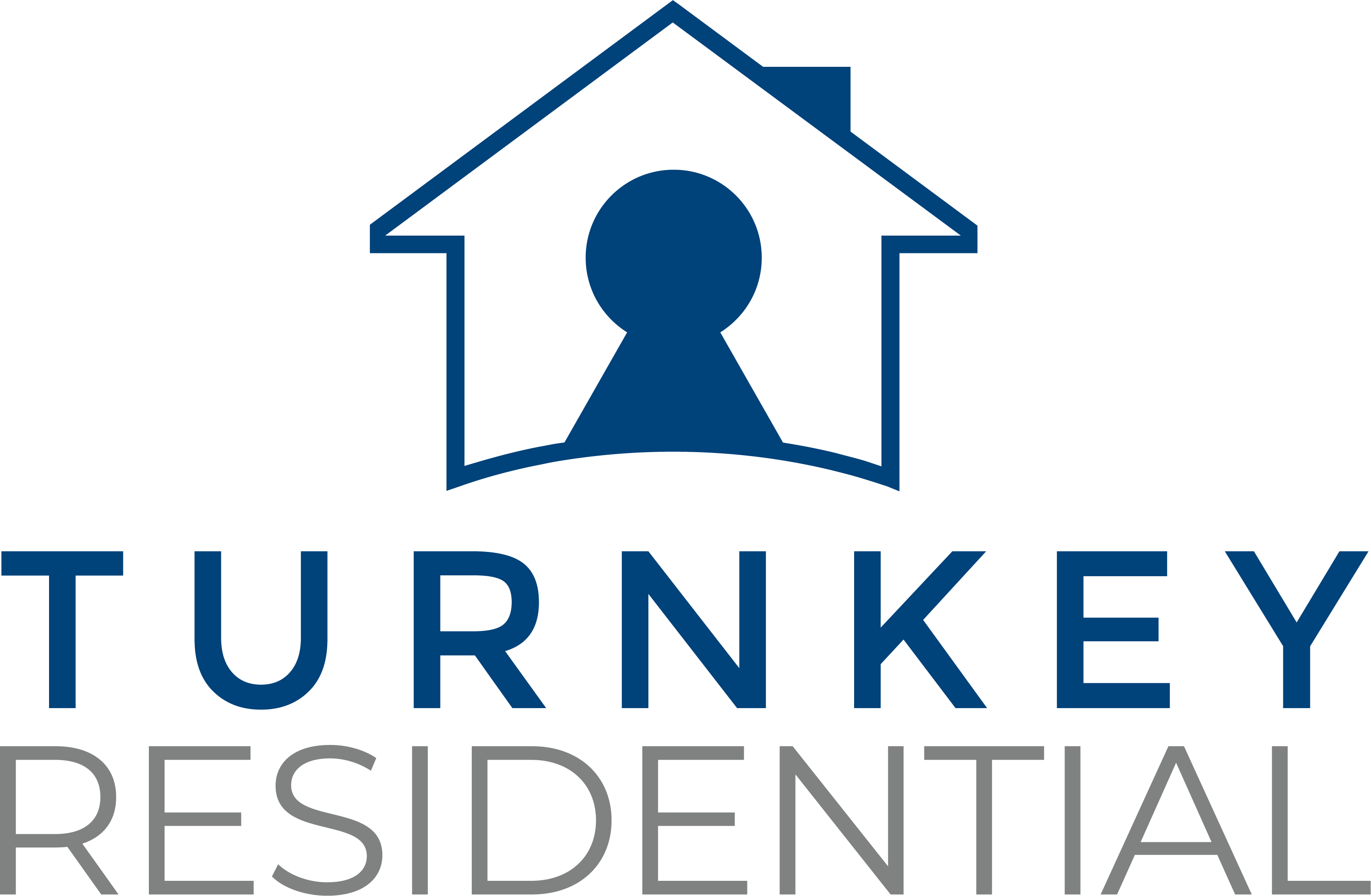Seven Cleaning Tasks You Need to Do Every Month
Maintaining a clean and organized home can be overwhelming, especially when daily tasks pile up. There are a few key cleaning tasks that, when done monthly, will help keep your home in great space without too much effort.
- Deep clean your appliances
- Clean and dust light fixtures
- Vacuum and rotate your mattress
- Wash windows and mirrors
- Clean out your garbage disposal
- Wipe down baseboards and door frames
- Clean your vents and change air filters
Common household devices to unplug to save money
Costs are steadily rising in the US, and energy costs are a prominent example. This is made worse by summer temperatures being at record highs, with heat waves wreaking havoc across various states in the past few weeks. As someone who's gone through a few of these this summer alone, I'm constantly looking for ways to conserve energy.
There are many little things you can do that can shave dollars off your monthly energy bill, and they go beyond switching off the lights when you leave the room. Did you know you can save 3% on cooling costs for every 1°F increase in your thermostat?
Unplugging a single device when not in use isn't going to save you a bucket of cash. But unplugging multiple devices adds up quickly to help you save, especially when you make a habit of it. Here are the devices you should unplug when they're not in use, and how doing so could save you almost $200 a year. The US Department of Energy recommends unplugging devices when not in use to reduce phantom loads. Doing so can save you up to 10% on your energy bill, which is a pretty significant amount for such little effort.
- TVs, gaming consoles, and office devices. It's easy to forget to unplug TVs that aren't in daily use, but it happens more often than you'd think. This is especially true if you have a TV in a guest room or common area that isn't often occupied. Simply unplugging your TVs when not in use could save you between $2 and $6 a year for each one. A single gaming console like a PlayStation or Xbox can consume between 1.5W and 10W in standby power, which can cost up to a dollar each month for a device that is not in use
- Coffee makers and kitchen devices. A Keurig coffeemaker can drive up a power bill. Keeping a Keurig in standby mode, rather than asleep, so it is always ready to brew a cup of coffee can consume from 60W and 70W because it has to keep the water warm and ready. This can translate into up to $60 a year. Similarly, a mini-fridge can cost you up to $130 a year to run, which doesn't always pay off if you don't need it to run all the time.
- Smart home devices that are mostly idle. Most smart home devices are focused on improving energy efficiency, but they can also be vampire devices. Smart devices are always consuming energy because they remain connected to either the internet or another device, like a hub. However, smart devices tend to consume very low phantom loads, so you don't need to rush to unplug them all. Smart bulbs and plugs, though small, are always drawing a small amount of power, around 1W. This only costs you between $0.65-$1.30 a year, depending on your local rate, but it can add up if you have multiple of these devices, especially if you don't use them often. A smart plug can often save you money on your energy bill. For example, if you have an older Keurig without scheduling capabilities that you'd like to have ready when you wake up, you can put a smart plug on it and schedule it to turn on just an hour a day.
- Older devices around your home. Many people still have older devices plugged in that they haven't used in a long time, but either forgot or simply don't think twice about it. A single set-top cable box, DVR, or Blu-ray player can cost you up to $20 a year to power when not in use. Look around your home and see what is plugged in that doesn't need to be, including alarm clocks, cordless phone bases, electric kettles, hair dryers, and more. Unplugging these devices and only plugging them back in before using them can pay off, even if it's just a few dollars a month.
10 Tips for Packing Smartly for a Move
Moving can be an exciting—but stressful—milestone. For some, the most daunting part is packing and moving. But proper planning and a solid packing strategy can ease the task. These 10 practical tips will help. You’ve got this!
- Schedule adequate time.
- Get new boxes and packing equipment.
- Watch packing videos.
- Hire professionals.
- Start with the essentials (passports, birth certificates).
- Purge the clutter.
- Make two piles and two passes…a NO pile and a YES pile.
- Go from least to most….leave kitchen, bedding and bathroom for last.
- Pack small.
- Label, label, label. Write on the packed box basic information.
Reminder: Don’t forget to change your air filters every 1-3 months to maintain healthy air quality and optimal HVAC performance.
The real flex isn’t having a perfect house – it’s having a house you feel happy in. If you are tired of feeling like your house is your boss, it is time to rewrite the rules.Read more here.
Need Handyman Services to change light bulbs, hang a ceiling fan, tv, or shelves?
Reach out to Turnkey Residential Services at 919.213.1869 or services@turnkeync.com
For payments, service requests, or to access your account, please visit turnkeync.rentvine.com/resident.
In case of an emergency, please call 919.213.1869.
Around the Home Tips
- 12 Things You Didn’t Know You Can Clean with a Magic Eraser: read more
- 12 Organizing Solutions for Your Home that Add Functionality: read more
- Eco Friendly & Budget Friendly Laundry Swaps: read more
- How to Start Decluttering when You’re overwhelmed: read more
- 10 Vinegar and Dawn Dish Soap Hacks: read more
- Top 10 Space-Saving Items for Small Kitchens: read more
- 21 Back to School Home Organization Ideas for Fall: read more
- 37 Easy Bedroom Organization Ideas: read more
- Cleaning Plant Leaves – A Guide for Caring for Houseplants: read more
- How to Start Decluttering When You’re Overwhelmed: read more
- 10 Surprising Household Hacks With WD-40: read more



